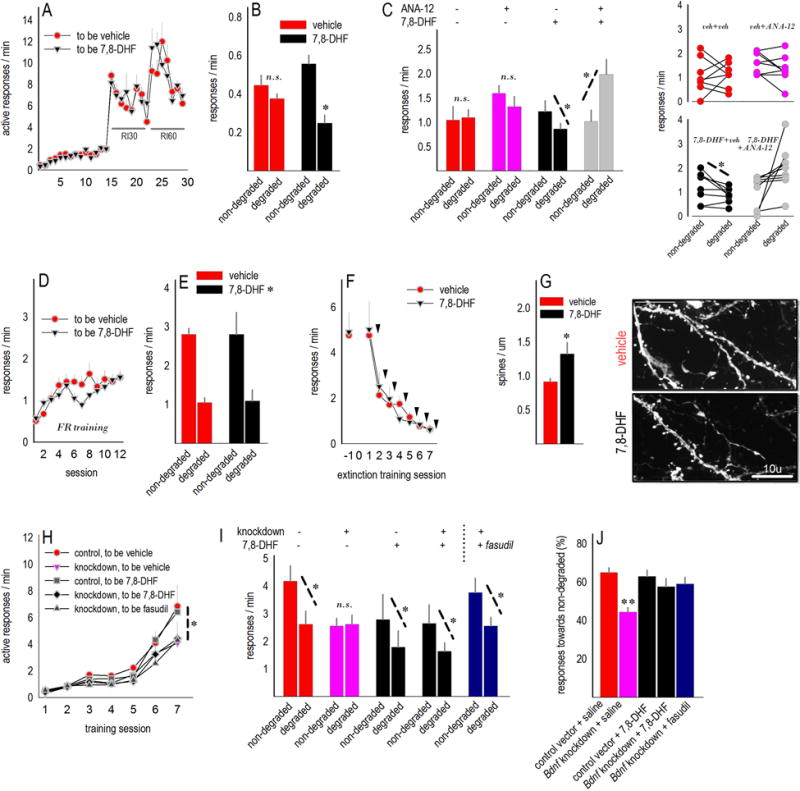Fig. 6. Rescue of goal-directed decision-making and regulation of VLO dendritic spines.

(a) Intact mice were extensively trained to respond for food reinforcement. Escalating random interval schedules are indicated. (b) The TrkB agonist, 7,8-DHF, preserved sensitivity to action-outcome contingency degradation, despite extended response training, while control mice developed habitual response strategies as expected. (c) In a subsequent experiment, pretreatment with the TrkB antagonist, ANA-12, blocked this effect. Group means are represented at left, and individual mice are represented at right. Response acquisition curves for these mice are provided in Suppl. Fig. S1. (d) Separate mice were trained to nose poke using a fixed ratio 1 schedule of reinforcement. (e) 7,8-DHF had no effects when mice would be expected to engage in goal-directed decision-making strategies. (f) Additionally, 7,8-DHF had no effects on extinction conditioning. Each arrow represents an injection immediately following the test session. (g) Layer V dendritic spines were imaged and enumerated in these mice. 7,8-DHF increased spine density in the VLO. Representative dendritic branches are adjacent. (h) Next, mice with VLO-targeted Bdnf knockdown were trained to respond for food reinforcers. (i) Bdnf knockdown induced inflexible habit-like responding following instrumental contingency degradation as expected, but 7,8-DHF rescued response selection strategies. Another group of knockdown mice instead received the Rho-kinase inhibitor fasudil, which also rescued goal-directed response strategies. (j) The same data are represented as the percentage of total responses directed towards the intact response-outcome contingency. The pink bar at ~50% indicates that Bdnf knockdown mice responded at chance levels, while 7,8-DHF and fasudil restored selective responding. Bars and symbols represent means+SEMs except in c, right. *p<0.05 as indicated following t-tests, **p<0.04 relative to all other groups. “RI” refers to random interval schedules of reinforcement, and “FR” refers to fixed ratio 1 training used throughout.
